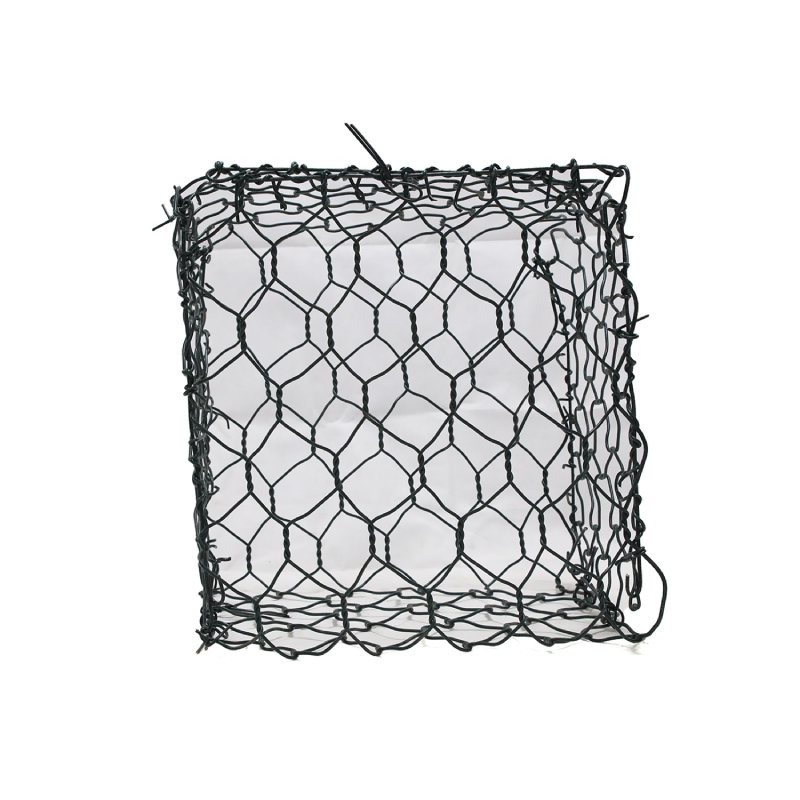Understanding Absorptive Noise Barriers An Effective Solution for Urban Noise Pollution
In today's rapidly urbanizing world, noise pollution has emerged as a significant environmental concern, impacting not only the quality of urban life but also the health and well-being of residents. As cities grow and traffic increases, the clamor of automobiles, trains, and industrial activities becomes an inescapable part of daily life. In this context, absorptive noise barriers have gained prominence as an effective solution to mitigate these sound disturbances. This article explores the concept of absorptive noise barriers, their design, materials, effectiveness, and their role in enhancing urban living environments.
What are Absorptive Noise Barriers?
Absorptive noise barriers are structures designed to reduce noise levels, particularly in areas impacted by roadways, railways, and industrial zones. Unlike reflective barriers that bounce sound waves away from the noise source, absorptive barriers are constructed to absorb sound energy, thereby diminishing the intensity of noise that reaches nearby residential areas. These barriers are typically made of fibrous, porous materials that allow sound waves to penetrate and dissipate, converting sound energy into a small amount of heat.
Design and Materials
The design of absorptive noise barriers is crucial for their effectiveness. A well-implemented barrier will not only reduce noise levels but also blend aesthetically with the surrounding environment. Common materials used in the construction of absorptive barriers include
1. Acoustic Louvers These are specialized panels that allow air flow while minimizing sound transmission. The design typically consists of multiple layers and perforated surfaces that trap sound waves.
2. Porous Concrete This type of concrete incorporates materials designed to absorb sound rather than reflect it. Its unique structure enables it to reduce noise pollution effectively.
3. Geotextiles Used in combination with earth-based barriers, geotextiles can be incorporated into layered structures that enhance sound absorption while providing environmental benefits, such as erosion control.
absorptive noise barrier

4. Recycled Materials Increasingly, noise barriers are being constructed from recycled materials, such as rubber from tires or plastic composites, making them a sustainable choice for noise reduction.
Effectiveness of Absorptive Noise Barriers
The effectiveness of an absorptive noise barrier is influenced by various factors, including height, thickness, material density, and surface area. Research has demonstrated that barriers analyzing sound absorption coefficients can effectively reduce noise levels by up to 10 to 15 decibels, depending on their size and positioning relative to the noise source.
Moreover, the placement of these barriers is equally important; they should be installed close to the noise source for maximum effect. For instance, placing barriers along highways can significantly improve the quality of life in nearby residential communities. When combined with vegetation, such as trees and shrubs, these barriers can further enhance sound absorption while contributing to the overall aesthetics of the area.
Environmental and Social Benefits
Beyond their primary function of noise reduction, absorptive noise barriers offer several environmental and social benefits. They can act as a buffer zone between noisy urban developments and residential neighborhoods, leading to healthier living conditions. Research has shown that excessive noise exposure can lead to various health issues, including stress, sleep disturbances, and cardiovascular problems.
Additionally, incorporating green spaces alongside absorptive barriers can provide habitat for wildlife while promoting biodiversity in urban areas. These efforts contribute to mitigating the heat island effect experienced in cities, providing cooling effects and improving air quality.
Conclusion
As urban landscapes continue to evolve, the necessity for effective noise reduction strategies becomes increasingly vital. Absorptive noise barriers present a promising solution to one of the modern urban environment's most challenging issues noise pollution. By carefully selecting appropriate materials and designs, cities can not only safeguard the well-being of their residents but also enhance the aesthetic and environmental quality of their communities. Ultimately, the implementation of absorptive noise barriers can foster more livable and serene urban spaces, where the hustle and bustle of modern life encounters the tranquility that residents deserve.
-
The Strength and Versatility of Aluminum Expanded Metal Mesh
NewsJun.10,2025
-
Safety Guards and Machine Enclosures Using Expanded Mesh
NewsJun.10,2025
-
Performance with Round Hole Perforated Mesh in Wall Panels
NewsJun.10,2025
-
How Steel Grating Trench Covers Distribute Weight Efficiently
NewsJun.10,2025
-
How Deck Mesh Railing Enhances Backyard Aesthetics
NewsJun.10,2025
-
Comparing Bar Thickness and Spacing in Steel Grating
NewsJun.10,2025
Subscribe now!
Stay up to date with the latest on Fry Steeland industry news.

